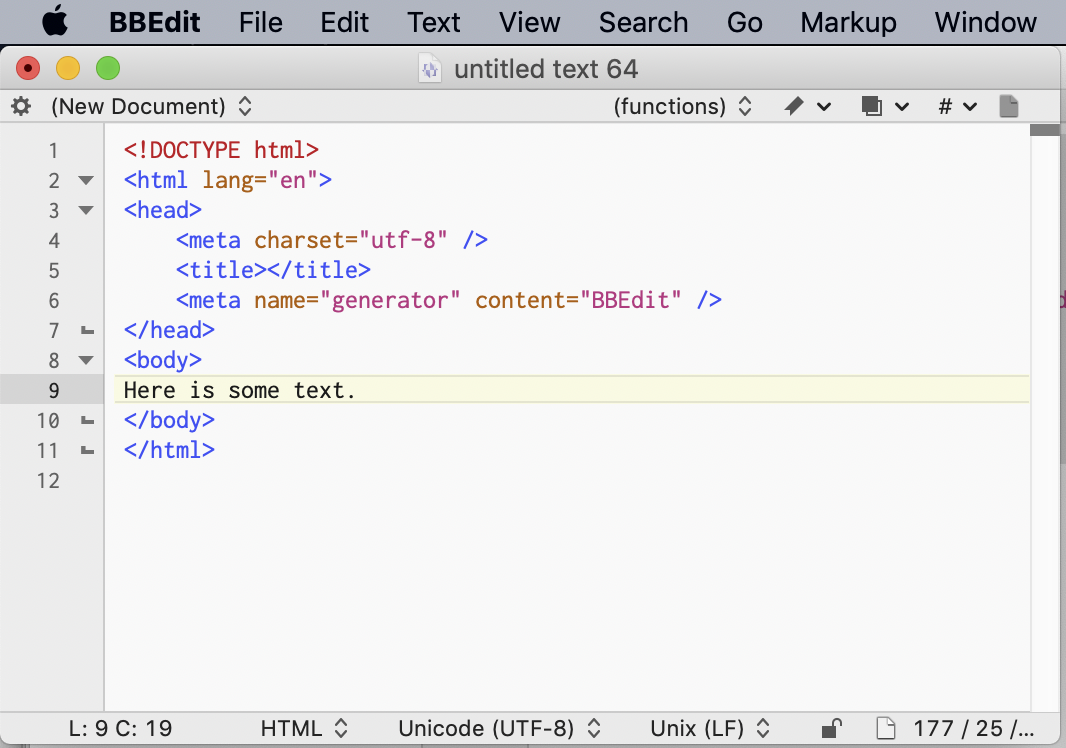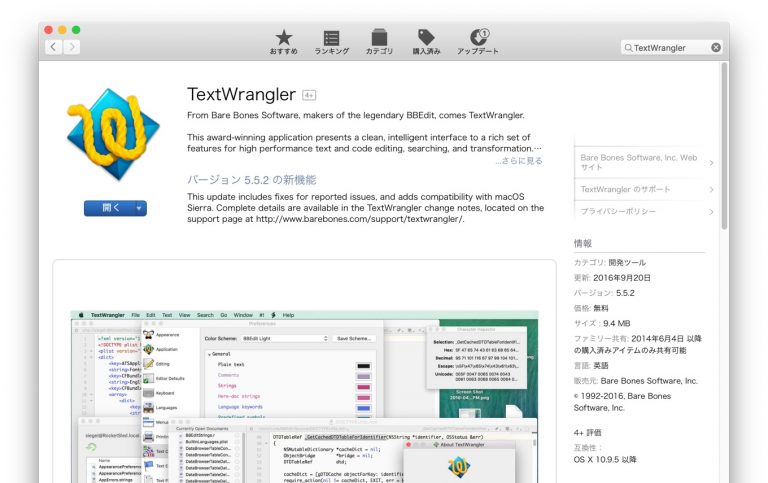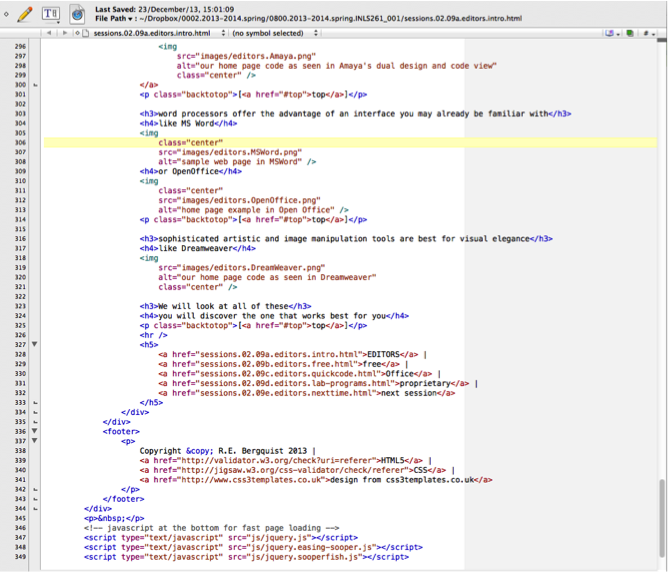
- Block selectin in textwrangler for mac how to#
- Block selectin in textwrangler for mac update#
- Block selectin in textwrangler for mac full#
- Block selectin in textwrangler for mac plus#
After that we want to match any URL that ends with. In https?:// will match a " or a > which is what starts all of the links in our XML. Let's break down the two regular expressions here. The steps we would take in Sublime Text would be: To do that, we should use a text editor like Sublime Text or Atom that supports multiple cursors at once.

Block selectin in textwrangler for mac full#
So ^you would match the you in you're awesome, but not hey you.įor a full list of regular expressions that most applications support, a great resource is the cheatsheet on Regexr. ^ matches the beginning of the string (opposite of $).? optionally matches the previous expression, which means mooses? would match moose and mooses since the final s was made optional by the ?.would match any letter except for a, b, or c.would match any single digit number between 0 and 9.


Block selectin in textwrangler for mac how to#
, *, +, (), $, and how to refer back to a group with $1.
Block selectin in textwrangler for mac plus#
We want to replace the whole cell with the content of the original "Find" result plus so the group $1 that matched (.*) (all characters) will give us the original content, and then we just have to populate what we want to come after the original content - resulting in What Can Regular Expressions Help Find? In the "Replace with" expression, we start with $1, which is a reference to the group created by ( ) in the "Find" expression. The ( ) creates a group from this match that we can use later in our replace expression. We know we want to put at the end of each cell, so we’ll need that. Replace with “Search using regular expressions” and “Match entire cell contents”.
Block selectin in textwrangler for mac update#
To update all the users to email addresses, we would:

However, because each cell is in the same format ( first.last), we can find the last character in the cell and append it with In Google Sheets, in the Find and Replace tool, there is an option to enable Regular Expressions. We wouldn’t be able to use a traditional find and replace operation because each cell contains something different. If this spreadsheet had over one thousand rows, making these updates manually would take a very long time. The first part of the email address can contain what’s already there, but we want to add to the end of each User so that it forms a valid email address. The Users column is in the format first.last, but we actually want those to be email addresses. You’re working on a spreadsheet that looks like this. If it’s longer than a 140 character tweet, someone on our Technology team is going to be reaching for a regular expression from the tool belt to help expedite the change. Here at Speak, we use regular expressions often when dealing with large spreadsheets, database exports, content imports - you name it. Regular expressions are tools built into almost every text processing application to help you find, replace, and manipulate text in bulk. If you work with text on a daily basis, you're likely always looking for a way to make changes faster, to stop repeating tasks over and over again, and to feel productive as you write or make changes to bulk blocks of text. Emails, text messages, sales proposals, spreadsheets - it’s all just characters strung together at the end of the day.


 0 kommentar(er)
0 kommentar(er)
